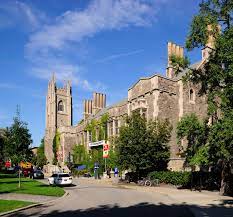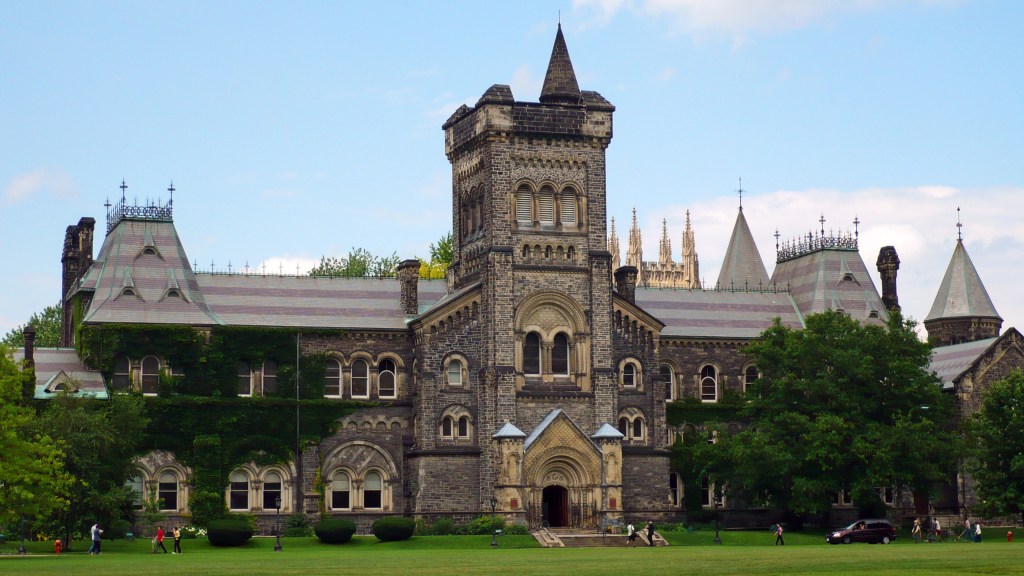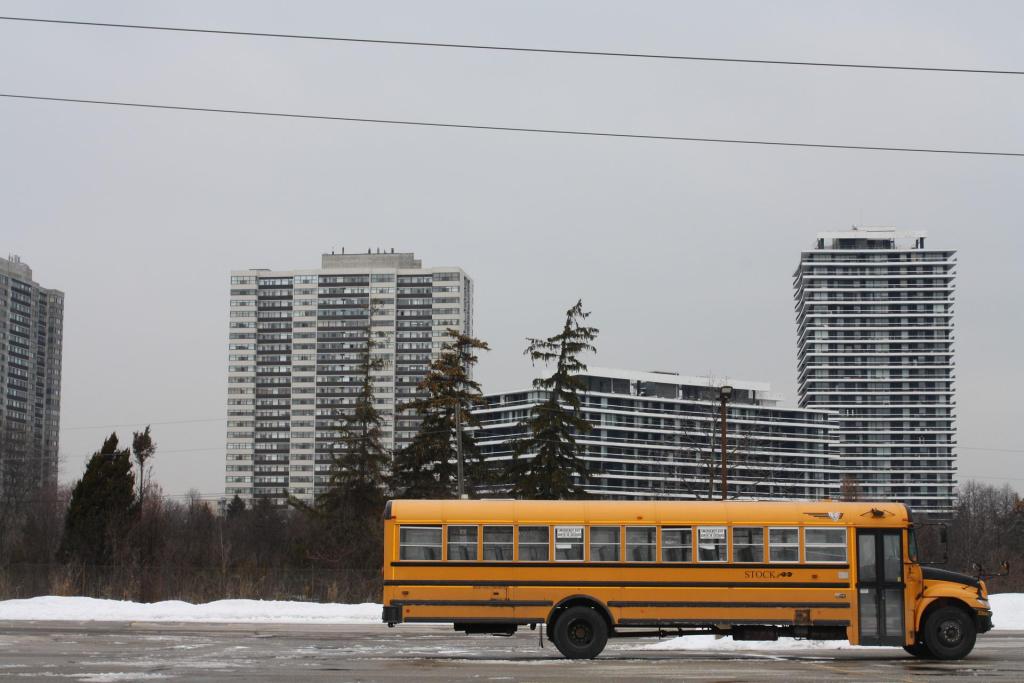7481 Woodbine Ave #203, Markham, ON L3R 2W1 (647) 806-8188
Copyright © 2021 CondoTrend. All rights reserved.

There are numerous great schools in Canada for students of various ages. There are many ways to get an education, including public schools, private academies, religious institutions, and French immersion.
The majority of Canadian children begin kindergarten between the ages of four and five, with first grade marking the beginning of compulsory schooling. Teenagers are expected to attend school until they are 16 to 18 years old, depending on the province or territory. Many Canadian high school graduates attend colleges and other institutions. The typical Canadian school year runs from September to June, with school days from Monday to Friday. During the winter holidays and mid-spring, there are usually just minor issues.
Every province and territory has public schools. Because every kid in Canada is entitled to a free public education, these institutions do not charge an enrollment fee. Both official languages, English and French, are taught in public schools. In Canada, public schools often serve a specific community. This implies that your child’s enrollment in public school(s) will be determined by your location. You must contact the local school system to enroll a youngster, preteen, or adolescent in a public school. If you want to attend your preferred school, you must move immediately. Your child’s first-grade placement and eligibility for free English (ESL) or French education will be determined by the school board.

In Canada, there are various independent and private schools. Tuition is assessed at these institutions on an annual or semester basis. Despite this, some private schools grant financial aid to students who would otherwise be unable to enroll due to exceptional intellectual, artistic, or athletic aptitude. Private schools are for-profit, while independent schools are not and are governed by an elected board of governors. Keep in mind that private and independent institutions are not always preferable to those run by the government. Others are outstanding, while others leave a lot to be desired. If you are thinking of enrolling your children in a private school, you should assess the institution’s reputation and suitability. When it comes to making their own curriculum and standards, private and independent schools have more freedom than provincial and territorial governments.
Children, adolescents, and preteens are authorized to be homeschooled in all provinces and territories. Some communities even provide financial assistance for homeschooling. This decision does not free you from accountability for your children’s curriculum and learning results. Regular home visits and progress reports are required in certain areas. Homeschooling requires extensive study due to significant differences in provincial and territorial regulations and expectations. This page contains further information on homeschooling in Canada.

In Canada, there are several options for children to begin their education before the age of six. There are more options, such as full-day kindergarten at public schools and daycare centers. Although kindergarten is given at no cost to the general public, the bulk of early education programs are not. In Canada, Montessori schools are a popular early childhood education option in Canada. Montessori schools are private schools, daycares, or preschools that believe learning is most effective when it is loosely organized and based on play. Rather than providing a predefined curriculum or teaching approach, Montessori schools allow pupils to select between oral, visual, tactile, and verbal learning. You should contact a provider directly to learn more or enroll.
7481 Woodbine Ave #203, Markham, ON L3R 2W1 (647) 806-8188